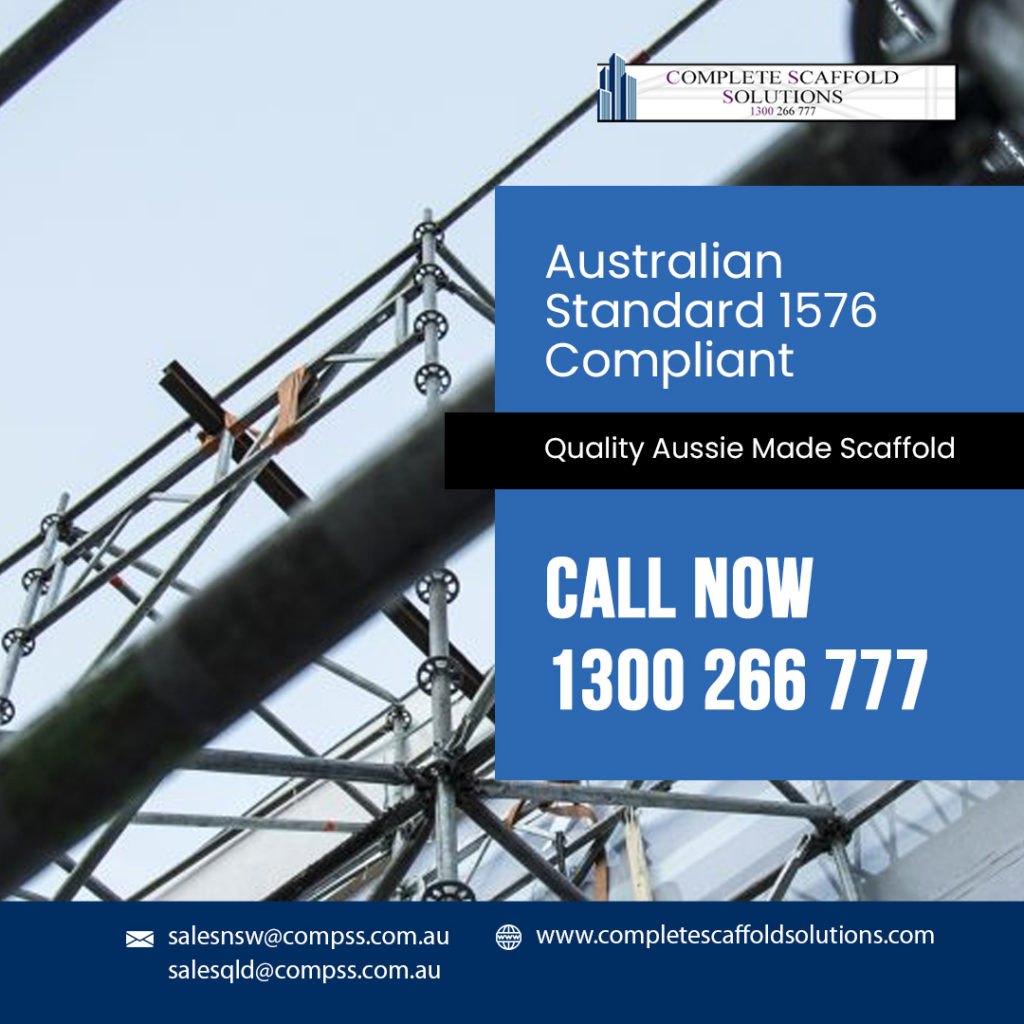Scaffolding can be a very rewarding industry to be a part of – the process of putting together all the pieces is similar to completing a puzzle. However, many people do not know how scaffolding is actually installed, or what the correct procedure to ensure effectiveness and safety is. In this article, we will explore some of the different ways that you can set up scaffolding to suit your specific requirements whilst also ensuring the wellbeing of your workers.
Initial Planning
In any kind of construction job, planning is the essential first step to ensure that the process goes smoothly and safely. You should always ensure that you measure and draw out your scaffolding in order to minimise issues further down the track. By doing this, you can rest assured you have the correct setup for your specific project. Even if you do happen to experience issues further down the track, your foundational planning will help you to overcome the issues and the variety of scaffolding parts will allow you to modify your setup as needed. You should be 100% sure that you have the right measurements during the planning process, along with the correct scaffold. There is no one-size-fits-all scaffolding system – some jobs are best suited to lightweight aluminium scaffolding, while others will require steel.
Basing Out
Once the planning phase is completed, it’s time to base out the scaffolding by using base plates or screw jacks. Some jobs will also require sole boards located under the jacks to keep the scaffolding level and secure. Make sure you remove any excess dirt that may affect the sturdiness of your scaffolding before you erect it.
Erecting Scaffolding
In order to erect scaffolding, you should follow the plan to find a good initial point for your build. There are a number of key steps that you should follow during this process:
- Adhere to your safe working methods
- Ensure that fittings and accessories are tight and secure
- Install ties, bracing and anchors
- Undertake work from full plank decks if possible
- Only use platform handrails which exceed 2m
- Never overload scaffolding at any time
- Follow correct access points
- Create fall protection procedures to prevent risk of injury
Tie Off
Once scaffolding has been erected, ensure that you have the right tie off points. Usually, these should be spaced in accordance with instructions supplied by the manufacturer or local scaffold hire company. Always ensure that the ties on your scaffolding are inspected on a regular basis, and never allow an unauthorised person to modify them.
Finalisation
Once the scaffolding has been fully set up, it must be inspected by an individual who controls or manages the property where it stands. These inspections will occur at handover and post-handover, and the inspection should be undertaken by a knowledgeable individual with a scaffold license.
Contact The Scaffolding Experts Today
Complete Scaffold Solutions are one of the most well-respected scaffolding companies in Australia. We are fully licensed and qualified with a team of highly skilled employees. We are committed to ensuring we only provide the highest quality scaffolding products in Australia by designing and manufacturing our own proprietary brand of aluminum scaffolding, swing stages and scaffold towers from locally sourced materials. Get in contact with us today by calling 1300 266 777 or send an email to salesqld@compss.com.au.

